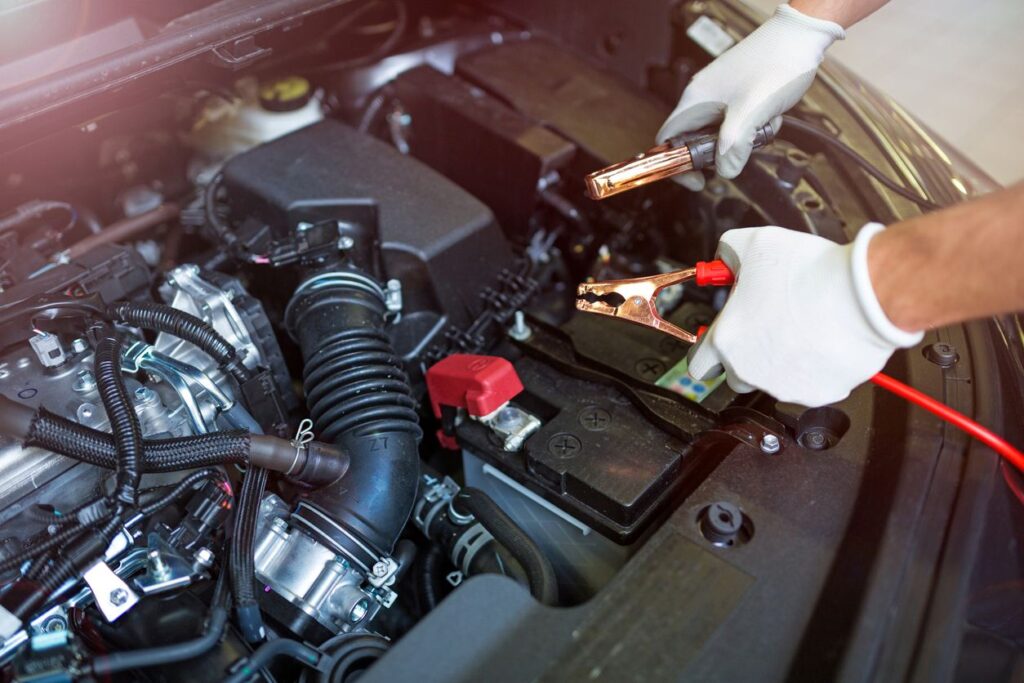You push the button, but the car doesn’t start. Turning the key in an older model gives you the same results. That distinctive clicking noise sends a clear signal. You’re dealing with a dead battery. Thankfully, the cables are in the trunk. You’re ready to fix the problem.
Before this scenario plays out, think about what could go wrong. It’s one thing to know how to use jumper cables. It’s another thing to know how to jump a car safely. Here are a few of the most common mistakes that can happen when jumping a car battery.
10 Wrong Ways to Jump Start a Dead Battery
1. Using Cheap Jumper Cables
Inexpensive jumper cables are budget-friendly, but they aren’t always reliable. Quality cables reduce resistance and optimize current flow during the charging process.
2. Leaving Accessories On
This mistake can result in a damaging surge through your car’s electrical system. Always turn off climate systems, lights, and any other accessories before jumping the battery.
3. Turning On Both Ignitions
Leaving both cars running can damage both car batteries. Don’t turn on your ignition until the dead battery has time to charge.
4. Mixing Up Negative and Positive Cables
Mixed connections can cause battery damage and personal injury. Make sure you know how to use jumper cables correctly, avoiding confusion between negative and positive connections.
5. Letting Cables Swing
If a cable attached to the working battery swings, unattached alligator clips pose a sparking hazard. Keep a firm grip on cables to prevent unattached clips from coming into contact with painted metal.
6. Touching Clips Together
This dangerous slip-up shouldn’t ever happen after you’ve hooked up the first clip to the working car. Always be careful when moving and connecting the other three jumper cable clips.
7. Ignoring Battery Cracks
Even if a cracked battery charges, there is a good chance it will leak harmful gases during and after the process. Stay safe. Buy a new battery.
8. Ignoring Dirty Terminals
Understanding routine battery maintenance is part of knowing how to jump a car. Keep terminals free of corrosion that interferes with efficient cable connections.
9. Jumping a Frozen Battery
Gases trapped inside a frozen battery rapidly expand when charged. Don’t risk an explosion of battery acid and shrapnel. Never try to jump-start a frozen battery.
10. Trusting a Jump Box
A portable battery starter is of no use if it hasn’t been charged recently. Most jump boxes require recharging every six months or more, depending on usage.
For Battery Issues, Trust Kennedy Transmission
Always check the owner’s manual for details on how to jump your vehicle. If the car doesn’t start, you can count on Kennedy Transmission. We’re here for you with seven locations and expert automotive services that get you back on the road and keep you safe.

